Below is a sample of the paintings within the Museum’s collection. Please hover your mouse over the images in order to see the titles and artist details. We hope you enjoy browsing.
Please note that not all are on display at the Museum in the Park.
Should you wish to order a print of one of the paintings please use the Contact Us in the first instance.

View of Wallbridge, Stroud, circa 1790, artist unknown
The town's most famous export - 'Stroudwater scarlet' cloth - is pictured drying on tenterhooks in the fields. With plentiful springs and skilful dyers, Stroud was known for producing the finest red (and indigo) cloths. These were used for the uniforms of British soldiers and equally highly prized by Indigenous Americans who incorporated the decorative selvedges into their clothing. Our ref: 1948.500
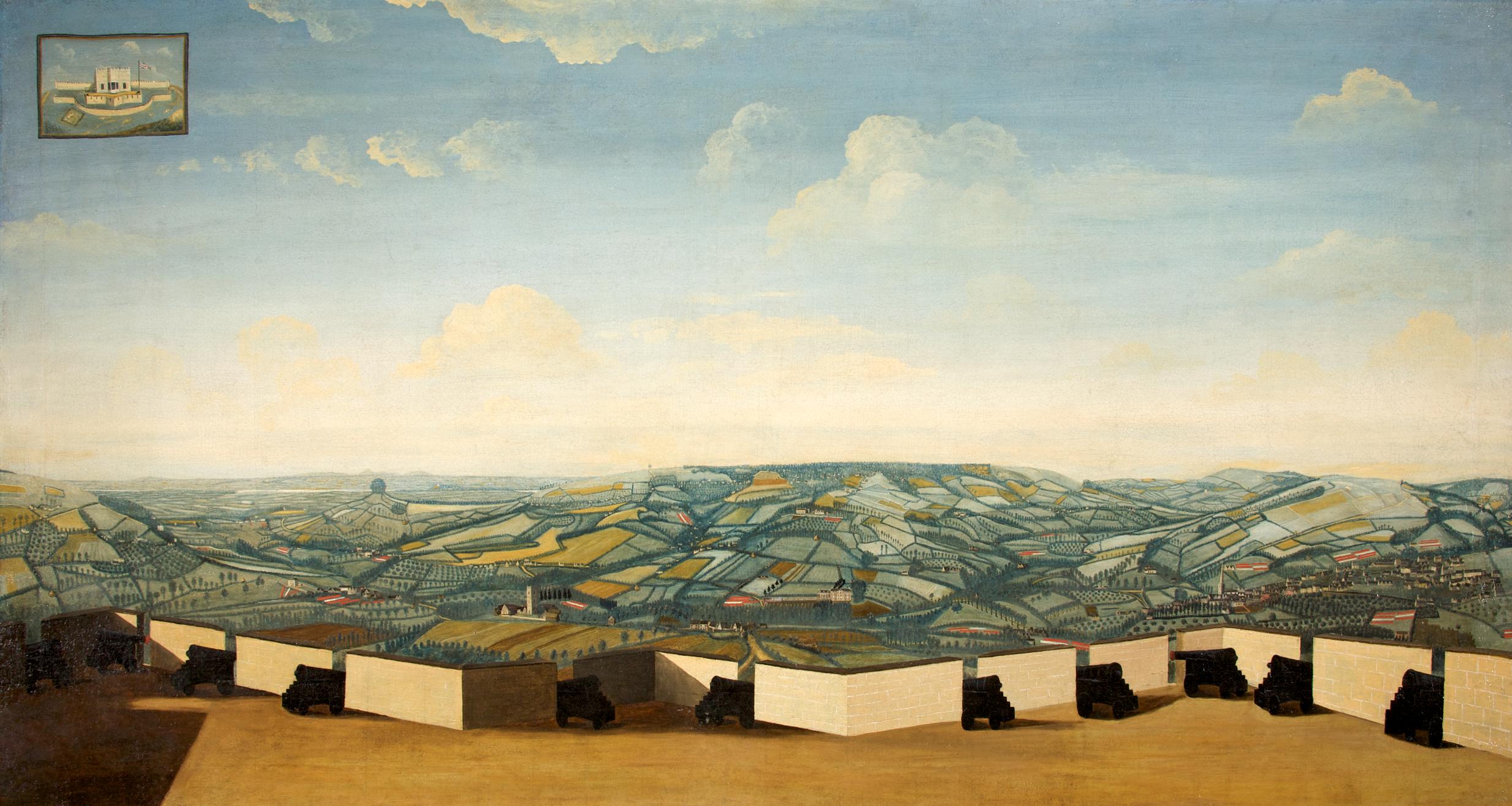
View from Rodborough Fort, artist unknown
Cannons occupy the foreground, Stroud is on the right, Selsley church is prominent left of centre. Cloth can be seen, stretched on tenterhooks. Field boundaries are shown in great detail. The Fort itself is shown in a small inset.
STGCM 1948.504
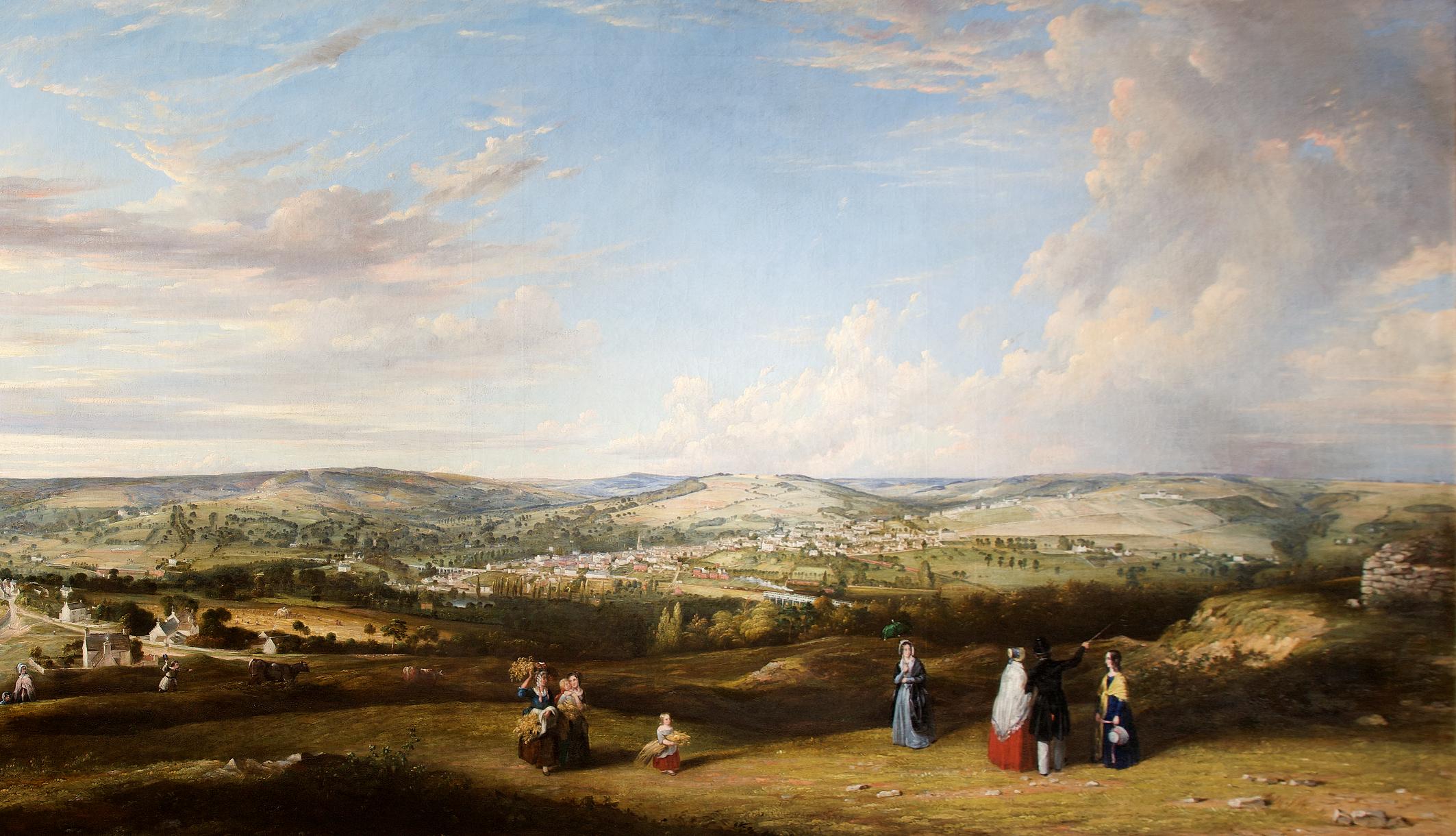
Stroud from near Rodborough Fort, Gloucestershire, Alfred Newland Smith
This panoramic view shows Stroud as a rapidly developing town thanks to the Industrial Revolution. Several recent public buildings are depicted, including the Subscription Rooms (1834). Below the town runs the track of the Great Western Railway, built in 1845.
STGCM 1948.504
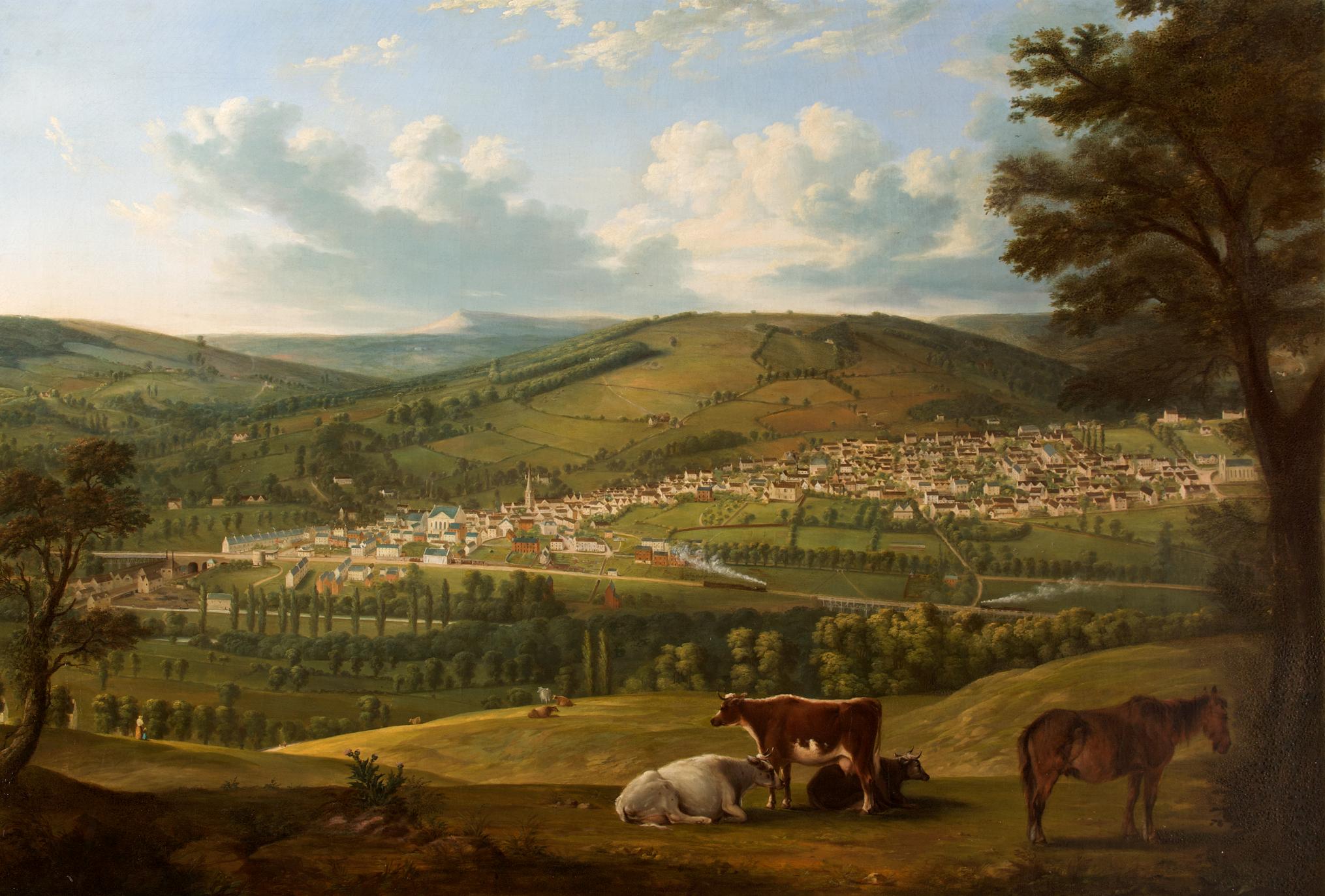
Stroud from near Rodborough Fort, Gloucestershire, Alfred Newland Smith
The composition of this painting is similar to that of a larger painting from a similar viewpoint by the same artist, also in the museum collection. In this painting less of the countryside to the east and west of Stroud is shown.
STGCM 1961.195
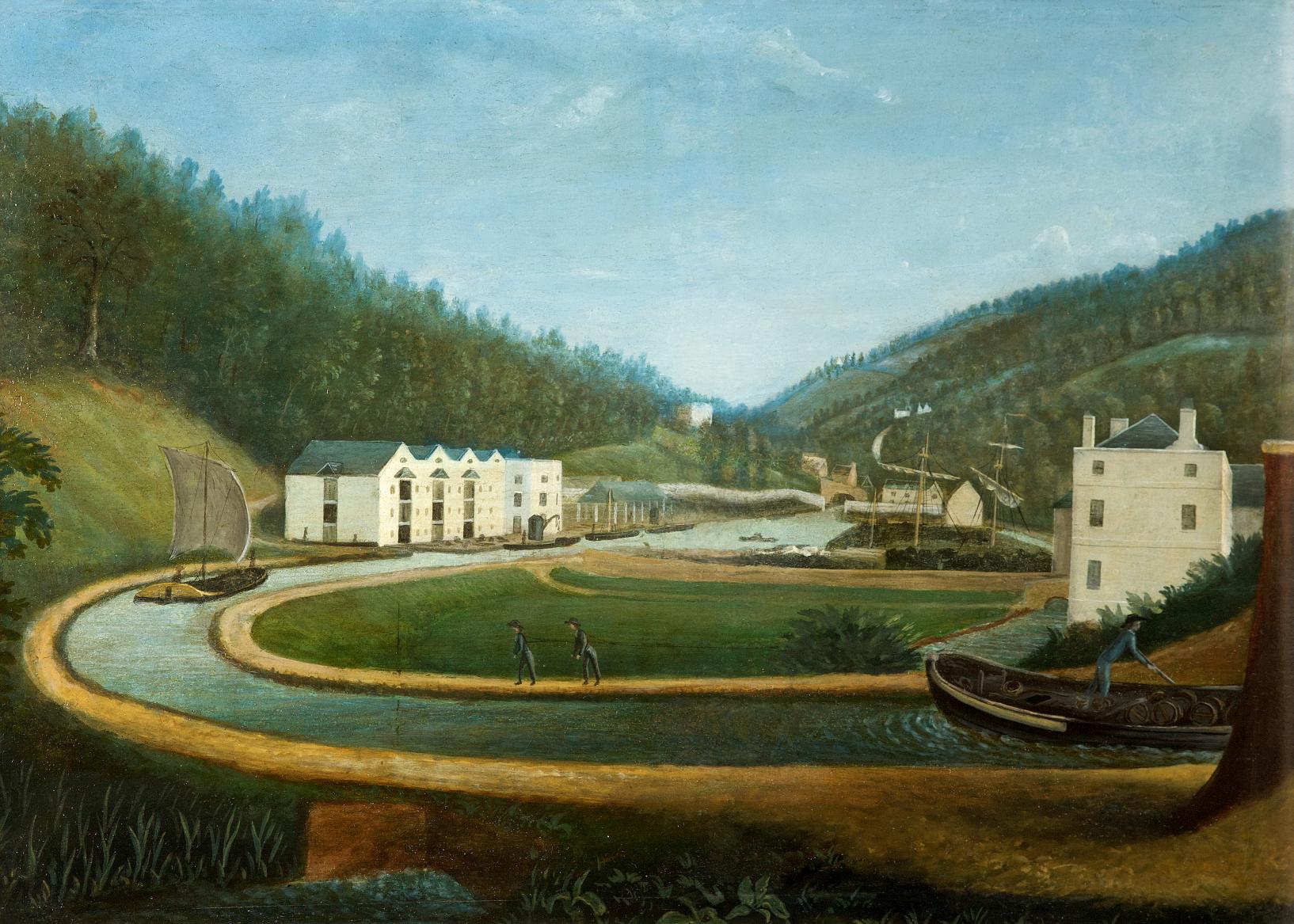
Brimscombe Port, Gloucestershire, artist unknown
Brimscombe Port opened in 1789 as the headquarters of the newly-built Thames & Severn Canal and a key location for the transfer of cargo to and from the Stroudwater Navigation. Depicted here is a trow being manually hauled into port. Trows were flat-bottomed barges that plied the canal between the Port and the River Severn, but were too wide for the narrower locks of the Thames & Severn.
STGCM 1961.24
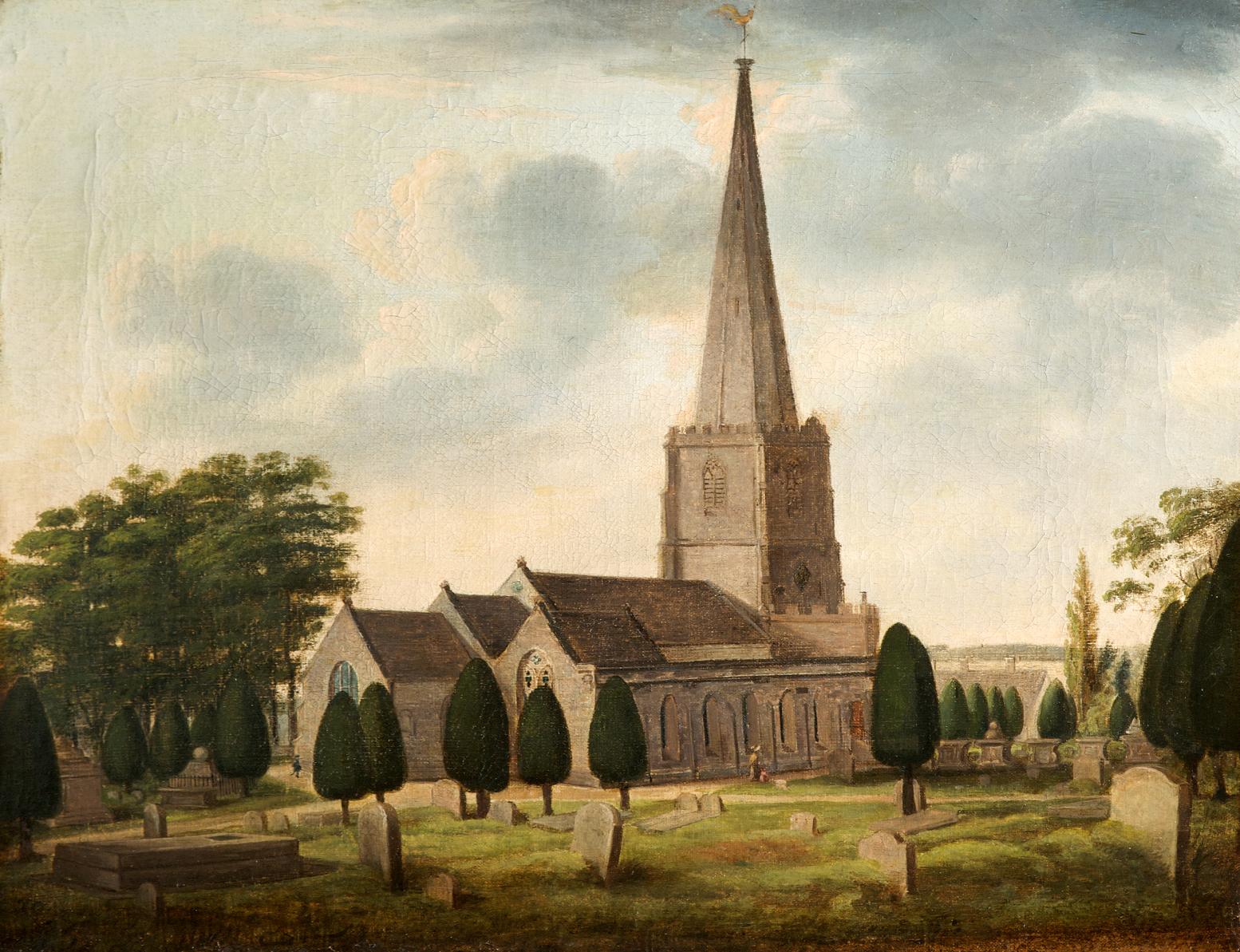
Painswick Church, Gloucestershire, artist unknown
Painswick church is seen from the north-east, with some of its famous churchyard yews in the foreground.
STGCM 1948.558
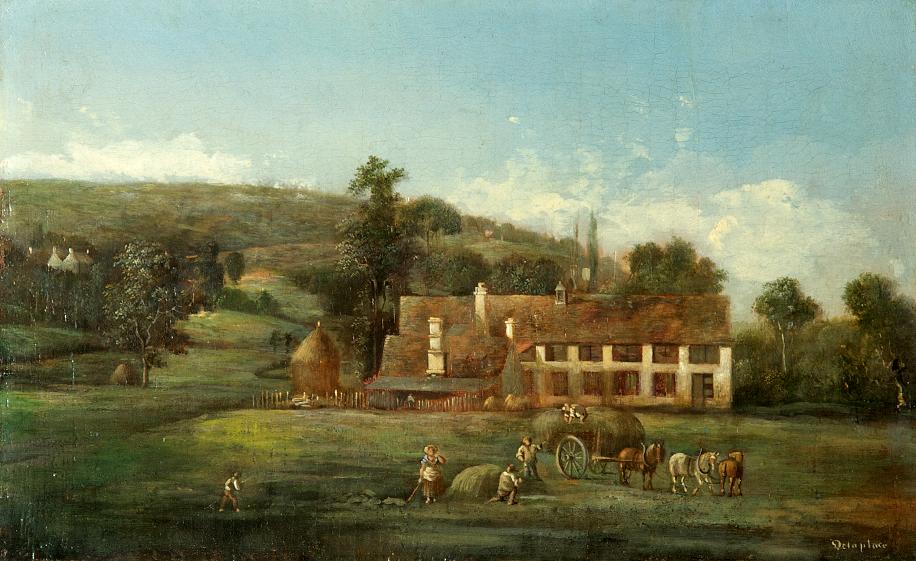
Old Mill, Brimscombe, Gloucestershire, Désiré Delaplace-Gérardin
The subject of the painting is thought to be Hope Mill. In the fields in the foreground the harvest is being gathered in.
STGCM 1959.101
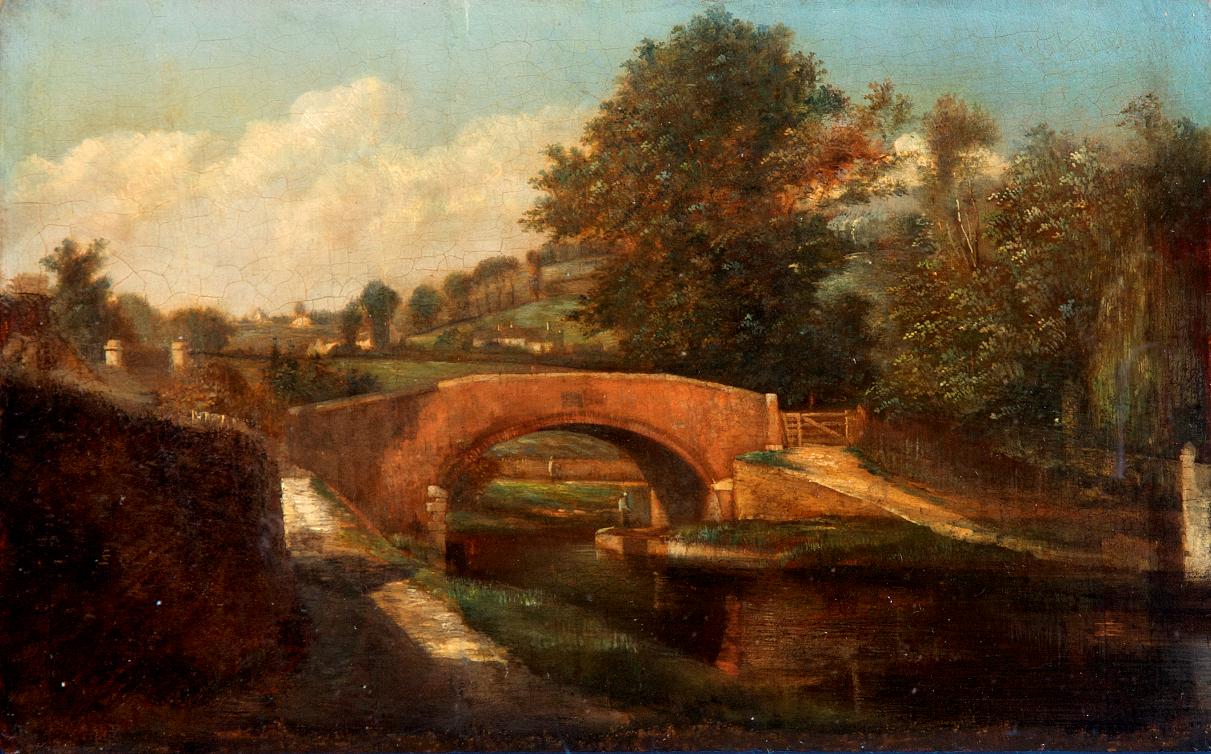
Canal Bridge, Brimscombe, Gloucestershire, Désiré Delaplace-Gérardin
The Thames and Severn canal bridge depicted was near Hope Mill (formerly Gough's Mill), Brimscombe.
STGCM 1959.102
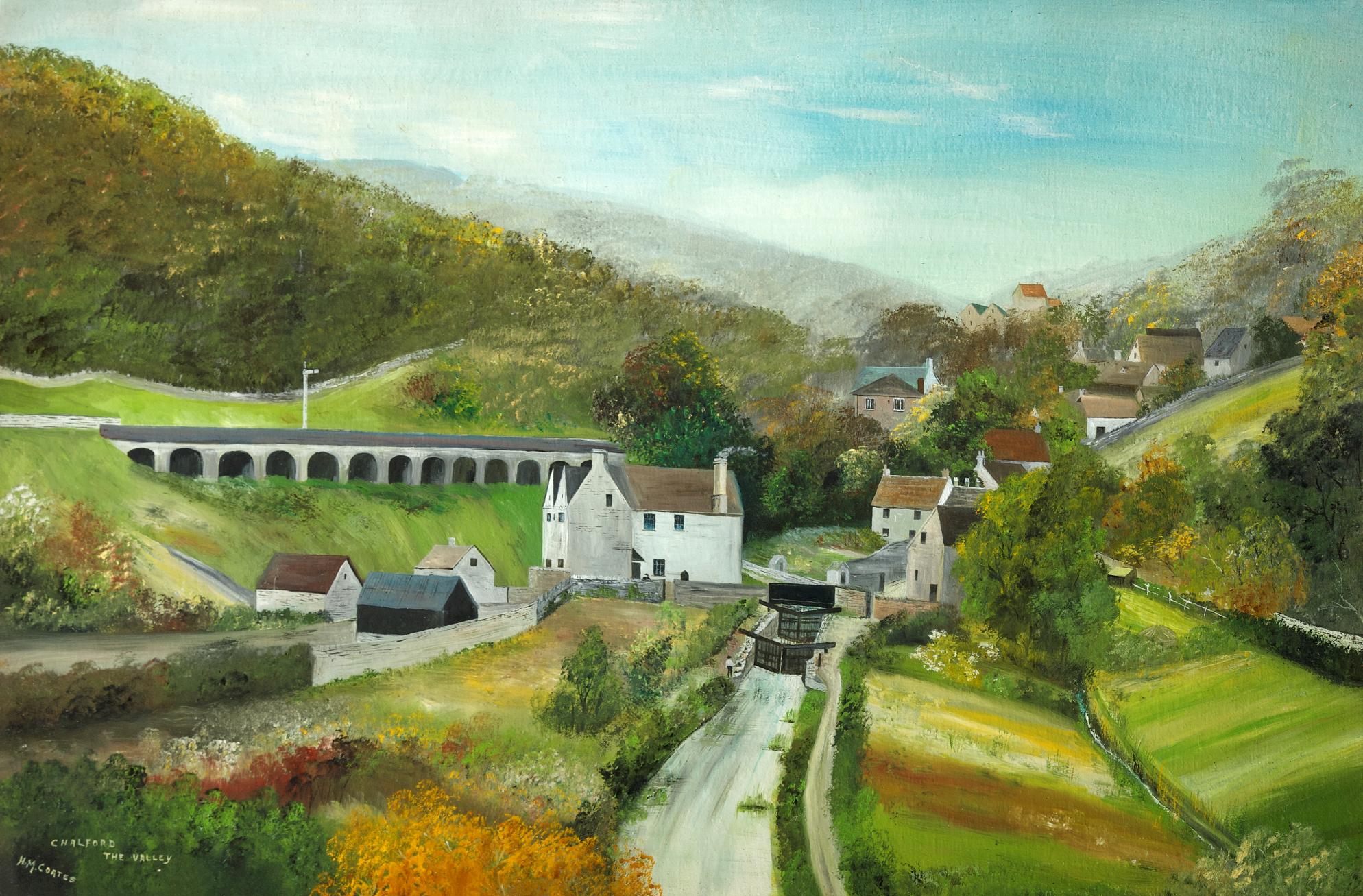
Chalford Valley, Gloucestershire
A landscape of Chalford valley, including the Thames & Severn Canal, with a lock and the viaduct of the Great Western Railway.
The artist is unidentified but could possibly be Harry Marks Coates who lived/worked in the area at the time the picture was painted.
STGCM Y1992.104
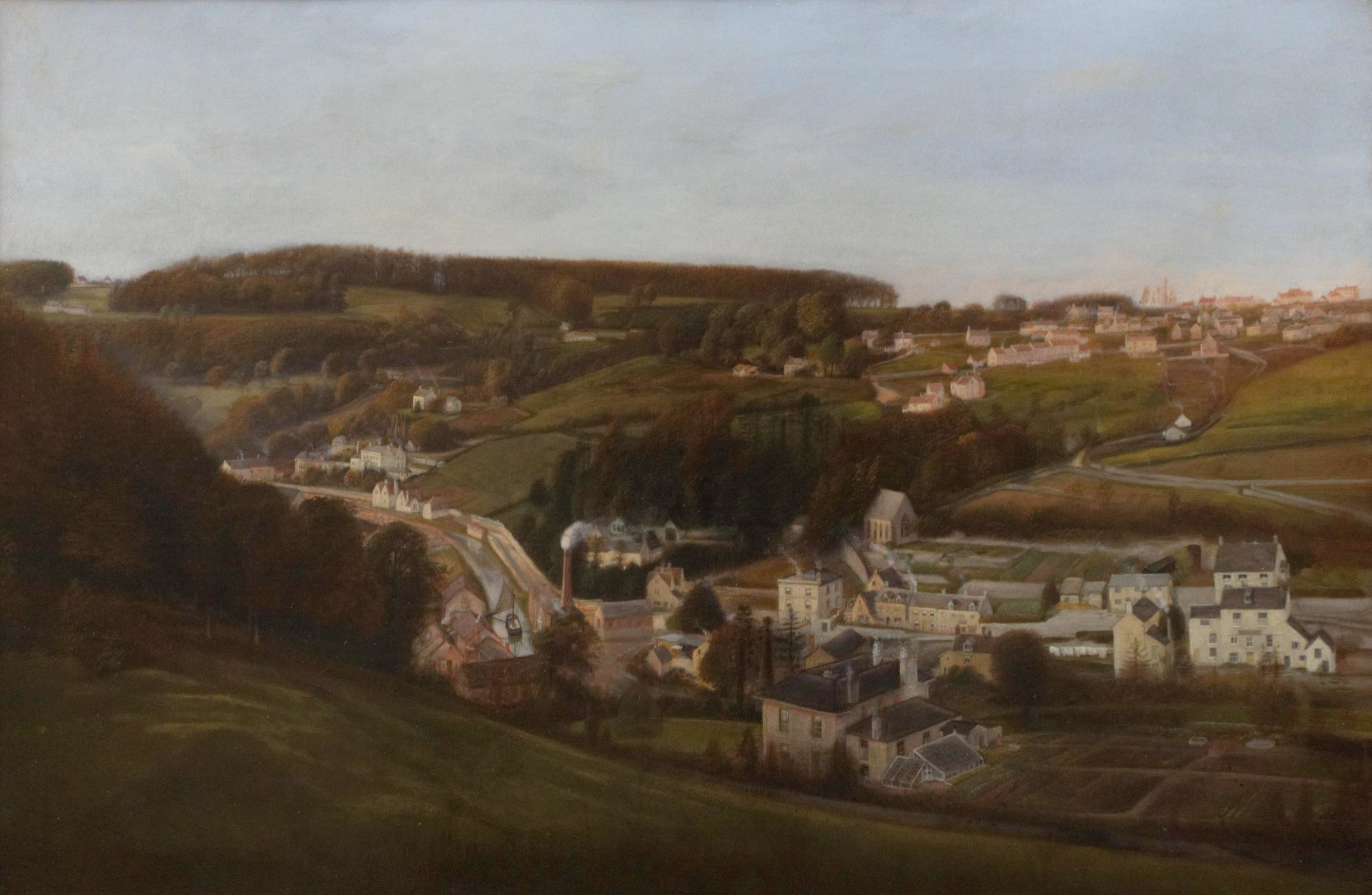
Chalford Valley c. 1875, commissioned by Charles William Smith (1 of 2)
On loan.
STGCM 2007.17/1
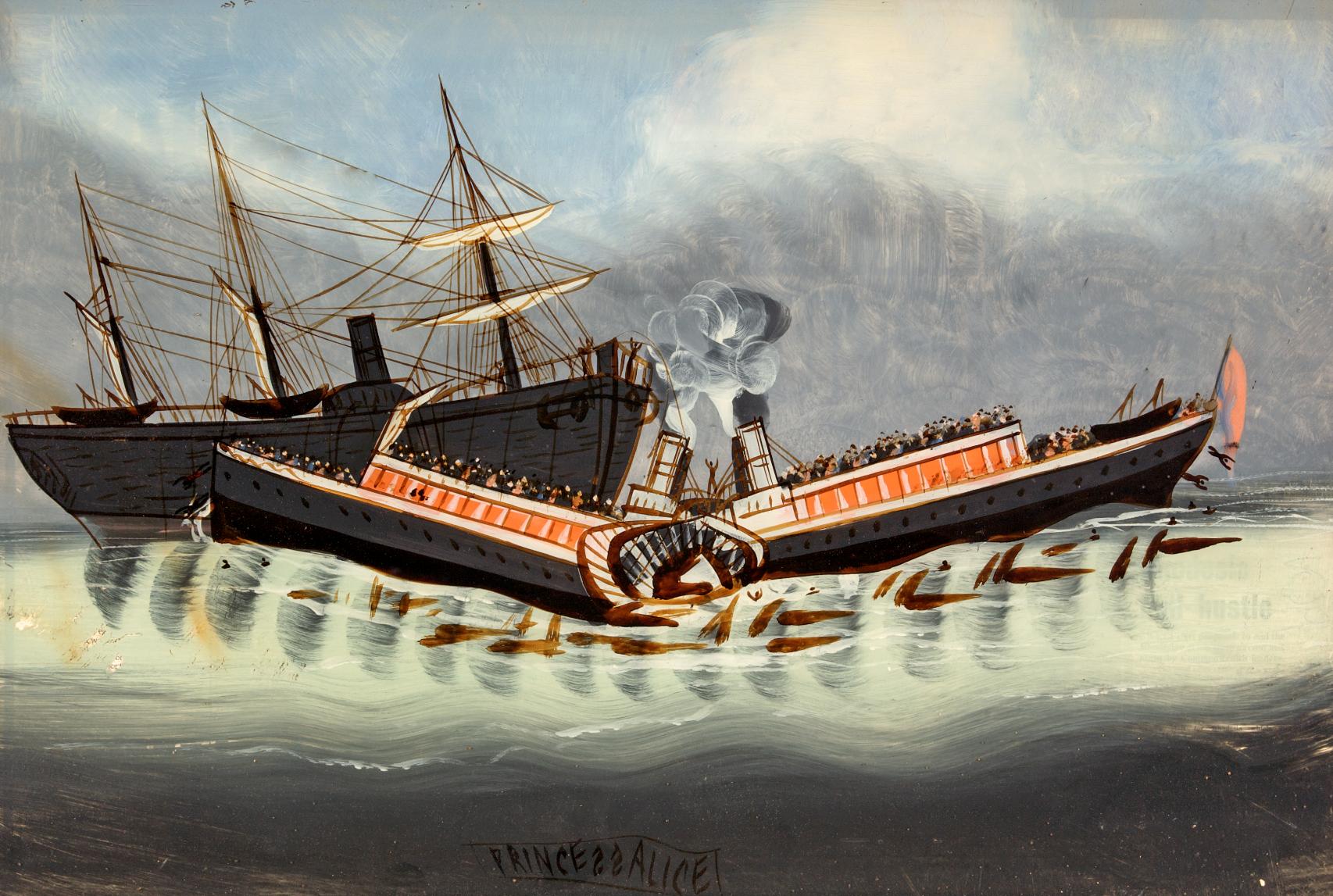
The Wreck of the 'Princess Alice' after 1878, artist unknown
This painting shows the 'Princess Alice', a Thames river paddle steamer, broken in two and sinking after a collision with the 'Bywell Castle', a collier, on 3rd September 1878. More than 650 passengers and crew died in the accident.
STGCM 1980.8/2
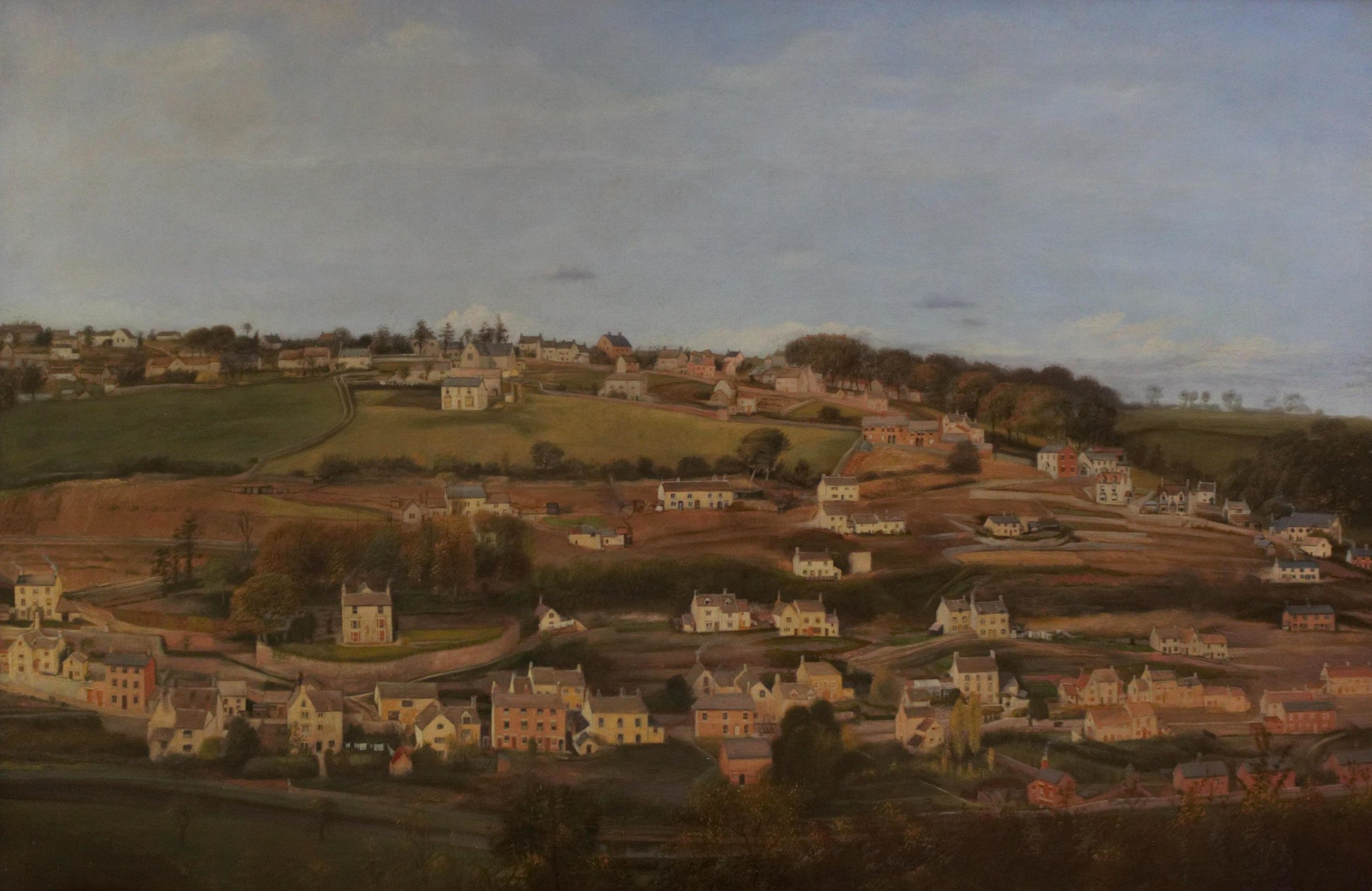
Chalford Valley c. 1875, commissioned by Charles William Smith (2 of 2)
On loan.
STGCM 2007.17/2
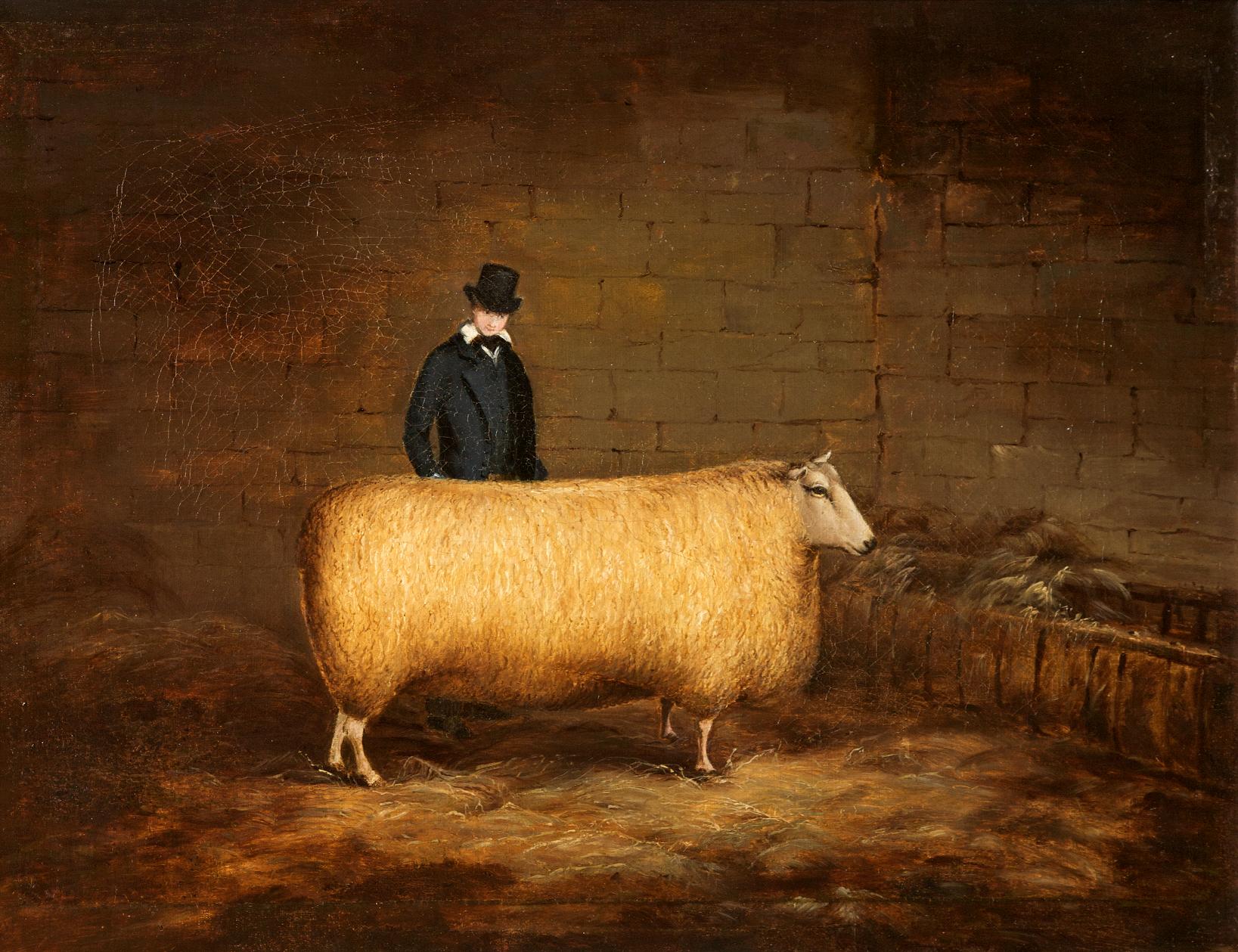
A Sheep and its owner, artist unknown
Our ref: 1967.119/1
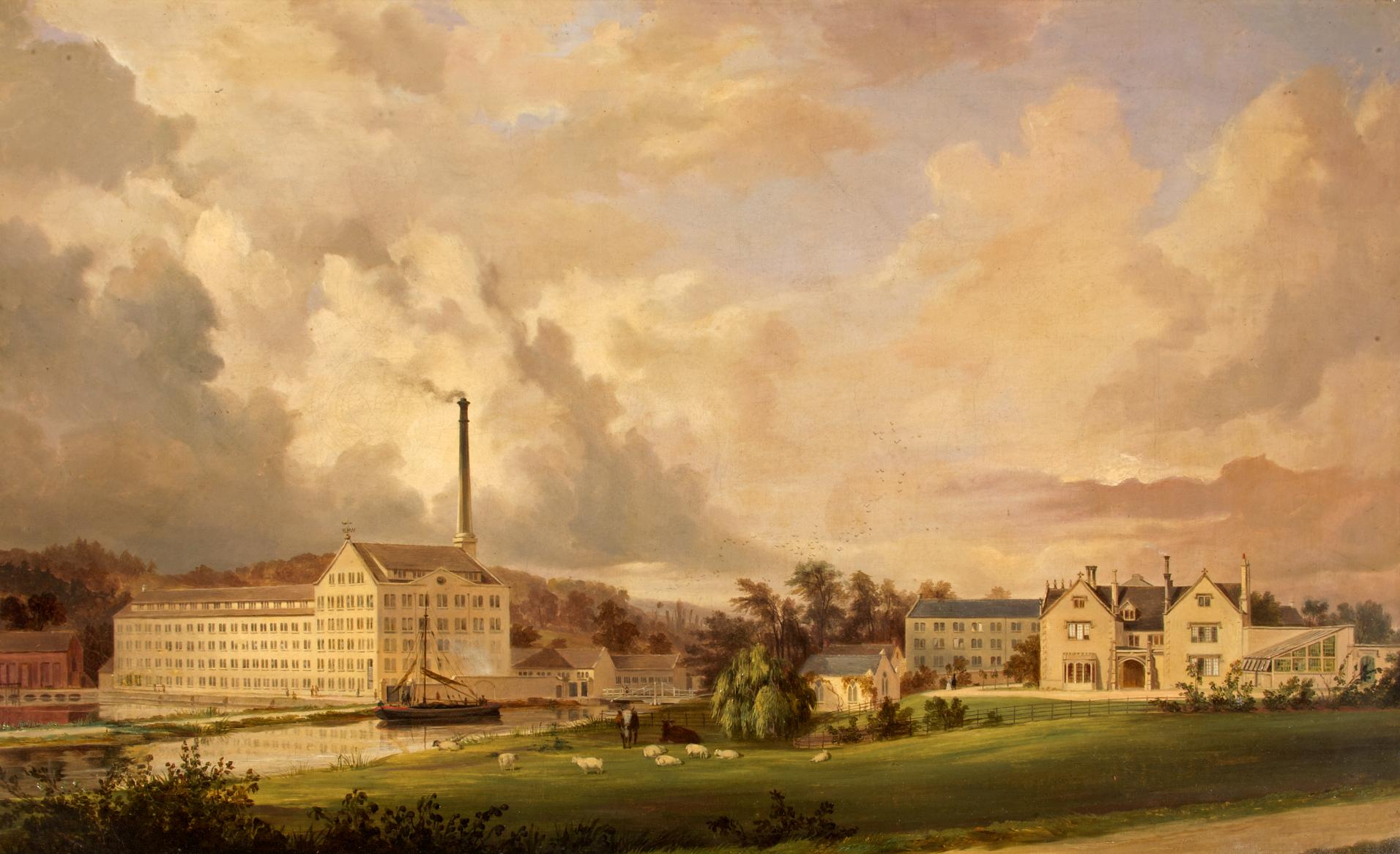
Ebley Cloth Mills, Stroud, Gloucestershire c.1850 Alfred Newland Smith (attributed to)
On the left stands Ebley Mill, with a recently built six-storey extension and chimney and on the right Ebley Court, the mill owner's house, built in the late 16th century; between them runs the Stroudwater canal on which a Severn trow may be seen.
STGCM 2194
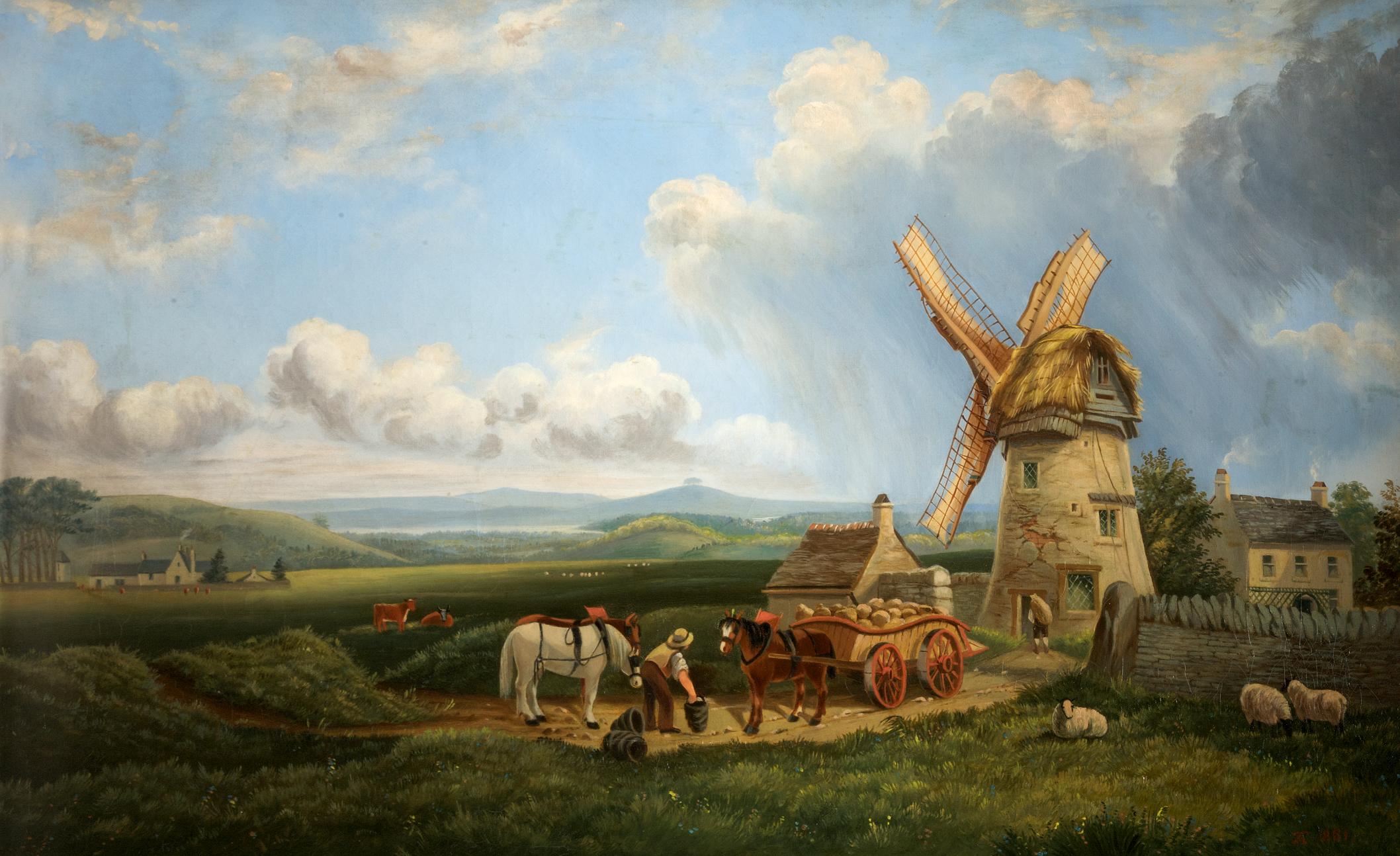
Kearsey's Windmill, Minchinhampton Common, Gloucestershire, Augustus Turner
A waggoner with horses and a loaded wagon occupy the centre foreground, behind and to the right stand the thatched mill and cottage. This is thought to have been painted from a watercolour sketch made by the same artist.
STGCM 1992.76/1
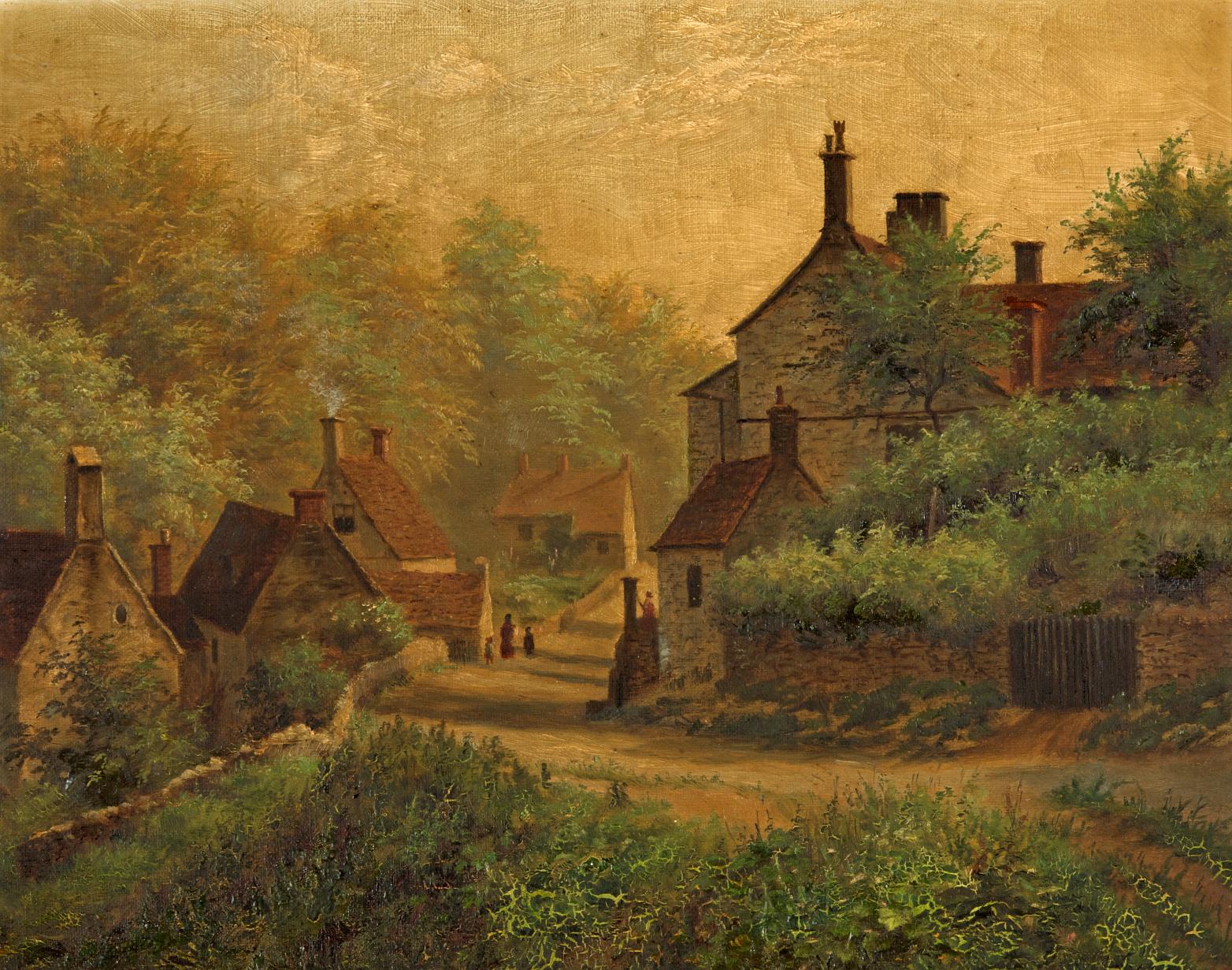
Slad, Gloucestershire, 1894, F.E. Robertson
This painting was donated to the Museum in 1958, the year before the publication of Laurie Lee’s memoir Cider With Rosie which forever immortalised the village of Slad as a symbol of rural life that is now gone forever.
STGCM 1958.60
















This Gallery shows key landscape paintings from the Collection, we hope you enjoy the views!
Click here to read about our redisplay of the Little Gallery.


